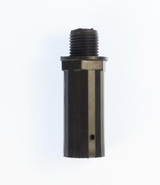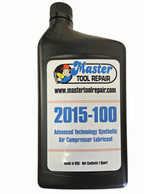Troubleshooting Tips for Belt Driven Units
Troubleshooting Chart
Note: Troubleshooting problems may have similar causes and solutions.
| PROBLEM | POSSIBLE CAUSE | CORRECTIVE ACTION |
|
Excessive current draw trips circuit breaker of motor reset switch |
|
|
|
Compressor stalls |
|
|
|
Low discharge pressure |
|
|
| Compressor pump knocking |
|
|
|
Oil in discharge air |
|
|
|
Overheating |
|
|
|
Excessive belt wear |
|
|
|
Compressor won’t start in cold temperatures |
|
|
Jul 6, 2021
Recent Posts
-
The Breath of the Pump: Why Your Air Compressor Needs a Healthy Crankcase Breather/Vent
Your air compressor is a powerhouse, a workhorse essential to your operation. We all know the import …Dec 4, 2025 -
The Quiet Killer: How a Clogged Air Compressor Filter Destroys Your Pump
A well-maintained air compressor is the lifeblood of your workshop or job site. It runs reliably, re …Nov 19, 2025 -
The Benefits of Synthetic Air Compressor Oil: Why It's Worth the Investment
Your air compressor is a powerhouse, an indispensable tool that keeps your business running. Yet, th …Nov 11, 2025




